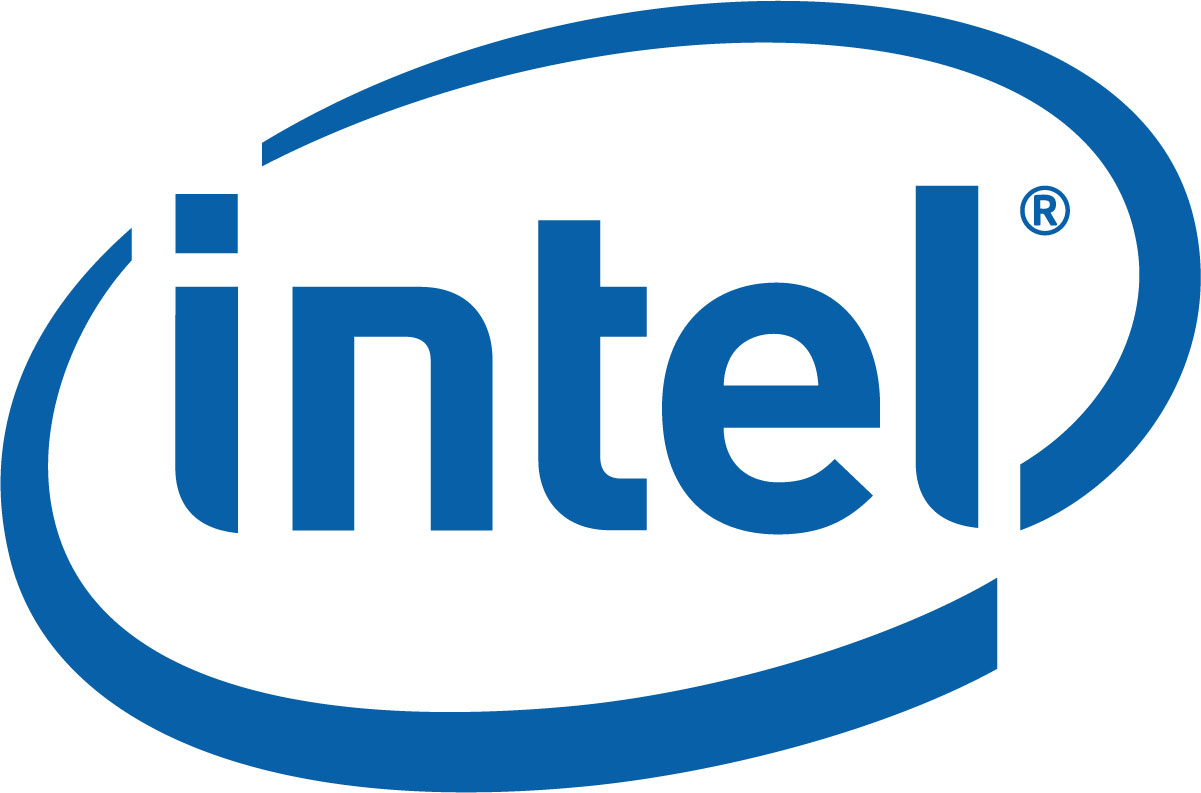Intel Is The Biggest Buyer of Green Energy
Intel held on to its rank as the nation's largest green technology buyer.
According to th

e EPA, Intel has purchased more than 2.5 billion kWh of green electricity (biomass, geothermal, small hydro, solar, wind) , which not only covers 88% of the company's electricity need, but makes Intel by far the largest green energy buyer in the U.S. The EPA said that the acquired green power is equivalent to avoiding CO2 emissions from 218,000 American homes.
However, there are other companies that use green electricity only, even if they do not buy as much green energy as Intel. Those companies include Kohl's (1.42 billion kWh), Whole Foods Market (817 million kWh) and HSBC North America (300 million kWh). HSBC is indicated to have purchased 112% of its energy need on the green market.
Collectively, the top 50 partner organizations of the Green Power Partnership are using more than 13.5 billion kWh of green power annually, equivalent to the CO2 produced from the electricity use of more than 1.1 million average American homes, the EPA said. Other tech companies on the list include Cisco (270 million kWh, 29% of corporate energy coverage), Motorola (119 million kWh, 32%), Dell (114 million kWh, 28%), AMD (74 million kWh, 102%), Applied materials (35 million kWh, 16%), Freescale (13 million kWh, 3%), Apple (12 million kWh, 98%), IBM (10 million kWh, 10%), Oracle (5.4 million kWh, 6%), and Yahoo (1.6 million kWh, 28%).
Stay On the Cutting Edge: Get the Tom's Hardware Newsletter
Get Tom's Hardware's best news and in-depth reviews, straight to your inbox.
-
sseyler COLGeekSo, does this make AMD "green" with envy?Reply
Probably not, since AMD covers its electricity costs completely with green energy with some left to spare. -
mister g What about nVidia? I'm pretty sure testing Fermi GPUs gotta come with "some" energy use.Reply -
rwpritchett How do companies purchase >100% green energy? There's two of them (HSBC and AMD). Do they store some of it in capacitors/batteries? Are they buying more than they use and share it with the surrounding community?Reply -
tmk221 AMD is going down... look it uses 74m kwh and intel uses 2.84b kwh (2.5/0.88). it shows just how small amd is and even if they do come up with something great in short run they are bound to lose in a long run. intel has so many projects going on that some of them must be successfull while amd depends on luckReply -
cyrusfox Its all sort of a farce, they buy the energy, but they consume whatever is on the grid. Its pretty much a trade off. Not every Kohl store is hooked to a grid with sufficient Green energy. Green energy doesn't have the consistency nor throughput to actually deliver the power require by most these organizations, so they purchase the energy as an offset and claim they are green. They couldn't survive on current green technology. Fact is, Coal is still king of Electricity.Reply
Also TMK, Intel in Revenues makes 20 times more than AMD, a much bigger corporation. Are you trying to correlate energy consumption with Commercial Success? How odd.
May energy innovation continue to get better. Just wish the lame politics and publicity grabs would subside. -
This is a great accomplishment for Intel and proves that the company does more than just talk the talk when it comes to environmental responsibility. Let's challenge the rest of the technology economy to do the same! Intel’s 2011 green power REC purchases will exceed 85 percent of its estimated U.S. electricity use. Can your company beat that?Reply
-
greenrider02 Daniel R CobbLet's challenge the rest of the technology economy to do the same! Intel’s 2011 green power REC purchases will exceed 85 percent of its estimated U.S. electricity use. Can your company beat that?I don't know if you read the article, but a few companies are already beating that, as the article specifies that Intel is only the biggest purchaser of green energy.Reply -
Spike53 rwpritchettHow do companies purchase >100% green energy? There's two of them (HSBC and AMD). Do they store some of it in capacitors/batteries? Are they buying more than they use and share it with the surrounding community?They are most likely selling the excess energy back to the power companies. But they buy more to account for the higher energy demands for the future. Just my guess.Reply -
wolfram23 Well that's good to see. We just need more green energy sources! Luckily I'm trying to get the Helios solar plant operational... in New Vegas... *lol*Reply